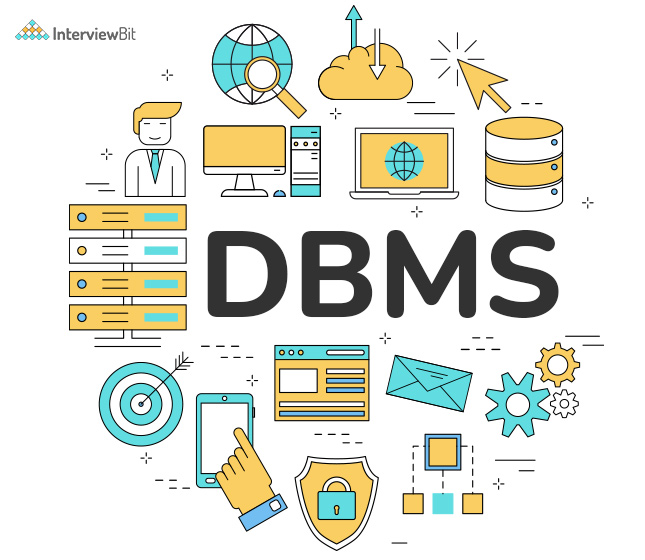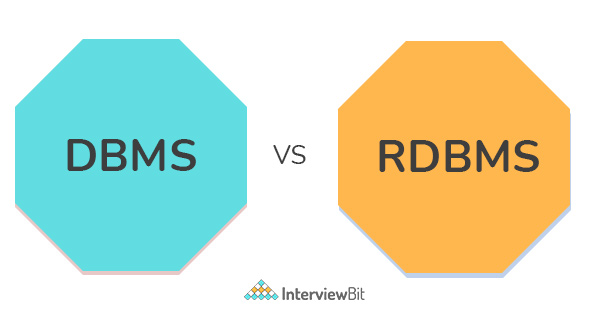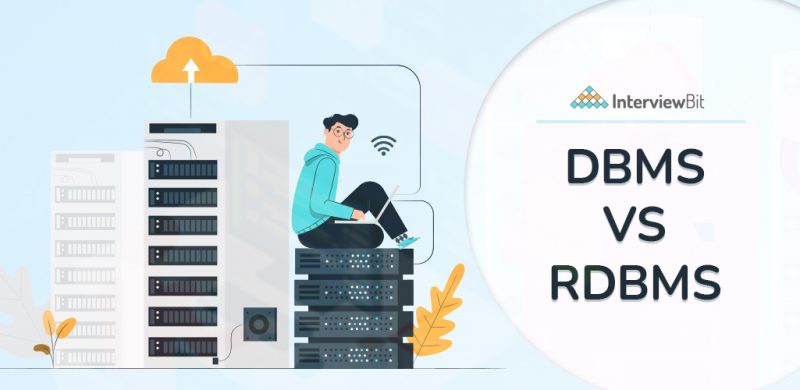Introduction
Imagine a time when vital data was documented using pen and paper. Would it even be possible to imagine a world of analytics and database administration without a proper storage system?
Surely not, right? Because of this reason, technology has handed us one of the marvels of our modern age, which is the database. Databases are collections of organized or arranged information or data that users can easily access, edit, and modify. As the amount and complexity of data have grown exponentially over the last few decades, there has been an increasing need for storage space, which has led to the concept of databases. It is evident that this technology served the immediate need for a robust database management system that could manage, retrieve, protect, and update the databases in real-time.
It was during this period that DBMS (Database Management Systems) and RDBMS (Relational Database Management Systems) started to appear on the scene. DBMS are software programs that create, maintain and control access to databases; RDBMS are advanced versions of DBMS.
Confused about your next job?
It is true that both DBMS and RDBMS are used to store information in a physical database. However, both of these technologies have some impressive differences between them. The purpose of this article is to give readers a clear understanding of what DBMS and RDBMS mean and what is the main difference between DBMS and RDBMS.
What is DBMS?
DBMS or a Database Management System is the computer software that enables storing, manipulating, managing and securing a large set of data.
This system is like the modern version of keeping files filled with vital information. However, the advancement in our technology guided us to come up with a system where one can file so much information for different purposes like update, retrieval, storage, security, backup, etc.

Database Management System was first introduced in the year 1960 by Charles W. Bachman. The first integrated database system for the company General Electric Company changed the way we store information, and use data for insightful purposes.
For example, writing down the total sales for every day without any system will never bring any results plus increase the chances of error.
With the introduction of DBMS, one could store information and manage it for future decisions. Check out the complete DMBS Architecture.
Why DBMS?
Database management systems enhance performance, integration, security, and compliance throughout an organization. The system offers many benefits over the traditional file system, including the following:
- It helps maintain data uniformity
- Handles large sets of data efficiently
- Versatile
- Faster way of managing data
Some of the earlier version examples of DBMS are FoxPro, Clipper, RDBMS, etc.
What is RDBMS?
So, technically RDBMS is a type of Database Management System but then what is the difference?
Before heading towards the key differences, here is what RDBMS is.
RDBMS or Relational Database Management System is a database system software that manages and maintains data in a tabular format.
It is the software that operates on a relational schema (database arranged in tables with rows and columns).
The Relational Database Management System was introduced in the 1970s itself. With the advent of technology, everyone wants everything fast-paced, innovative, productive and efficient. It is this ideology and belief that necessitated a shift from the traditional version of DBMS.
The Traditional Database Management System introduced a better, more refined way of working with databases. RDBMS not only is an improvised version of a database management system, it is a platform of need and necessity. Data is growing at an exponential rate and to manage everything for scalable operations, a proficient system is required. This generated a surging demand for RDBMS, making it one of the popular forms of database management systems.
Why RDBMS?
An RDBMS offers businesses a systematic view of data, which can be used to enhance different aspects of decision-making. Relational databases offer a number of other advantages as well, including:
- Allow multiple-user access
- Store large packs of data
- Minimum Data Redundancy
- Maintains Data Integration
- Better Tools for Structuring and Organizing Data
Now, let us jump to the DBMS vs RDBMS
Difference Between DBMS and RDBMS

We are now aware that both database management system and relational database management system is a type of software that manipulates and manages large databases at one place.
The terms “DBMS” and “RDBMS” stand for Relational Database Management and database management systems, respectively. The main difference between DBMS and RDBMS is that RDBMS stores data as tables and DBMS stores data as a file. See the table below to understand the differences between DBMS and RDBMS.
| Parameter | DBMS | RDBMS |
| Function | DBMS is system software for creating, storing, managing, updating and retrieving data from databases. | RDBMS is software that allows the creation and management of databases in a tabular format for efficient retrieval, updation, and storage of data. |
| Storage | In DBMS, the storage of data is in the files. It is arranged either in a hierarchical form or navigational form. | In RDBMS, the data is stored in tables. There is no hierarchy and instead, follow a relational model. Columns are the headers and rows contain the corresponding values. |
| Number of Users | Database Management System can only support a single user. | Relational Database Management System allows access to multiple users to the databases. |
| Normalization (organizing data in the database) | DBMS does not support normalization. | Normalization is enabled in RDBMS. In fact, it was introduced by Edgar F. Codd for his relational database model. |
| Data Type | DBMS cannot store large quantities of data. | RBMS allows users to store a large set of data. |
| Data Relationships | In the database management system, there are no relationships amongst the data stored. | In RDBMS, there are relationships formed amongst the data stored in tables. |
| Data Fetching | The process of data fetching in DBMS is slow. | The process of Data Fetching is faster, and efficient in RDBMS because of its relational model. |
| Distributed Databases | DBMS does not support the distribution of databases. A distributed database is a database that can be stored at different locations. | RDBMS supports distributed databases. |
| Data Redundancy | The version of DBMS increases data redundancy (repetition of data). | In RDBMS, data redundancy is eliminated that reduces wastage of time and resources. |
| Hardware and Software Requirements | DBMS needs minimum software and hardware requirements. | In RDBMS, hardware and software requirements are higher than the classic DBMS. |
| Data Integrity (the integrity constraints that allows to maintain the accuracy and consistency in the databases) | Database Management System does not support any data integration constraints or methods. | The Relational Database Management System supports data integrity constraints. |
| Data Access | In DBMS, you can access only a single file from a single database. | In RDBMS, you can access multiple data at a single time. |
| Data Security | DBMS is more prone to data theft, and access to unauthorized users because it does not allow any data security measures. | RDBMS supports security measures and is more secure than the traditional RDBMS. |
| ACID Properties (The ACID properties are necessary to ensure data consistency) | DBMS does not support any ACID properties. | RDBMS supports ACID properties and ensures no data inconsistencies. |
| Data Client-Server | DBMS does not support client-server architecture. | RDBMS supports client-server architecture |
| Examples | XML, File systems, window registry, etc are some the examples of database management systems. | Oracle, MYSQL, SQL Server, etc are some of the examples of Relational Database Management Systems. |
Conclusion
Database Management Systems and Relational Database Management Systems are both system software for creating, managing and storing databases. A relational database management system (RDBMS), however, is a more advanced version of the traditional database management system (DBMS) that is able to facilitate better tools and features than the traditional DBMS. DBMS stores data hierarchically and in a file format without any relationship between the data, whereas RDBMS stores data in a tabular format.
RDBMS and DBMS differ greatly in terms of their structures. As DBMS was the first version of the software for maintaining databases, it does not include features for data security, data integrity, data access, multiple-user access, or faster data retrieval. The RDBMS is faster, and more efficient, and ensures there are no data redundancies or inconsistencies. In a nutshell, there is no line set in stone that proves RDBMS is the best form of database management system out there. While there are different types of database management systems, RDBMS is by far the best, and faster than DBMS.
FAQs
Q.1: Is SQL a DBMS or RDBMS?
SQL is neither a DBMS nor an RDBMS. It is a programming language used to query data on either of the database management systems.
Q.2: Which one is better: DBMS or RDBMS?
RDBMS is the improved version of DBMS, and therefore, faster and more efficient than DBMS.
Q.3: Why is DBMS called RDBMS?
RDBMS is a type of database management system and is often confused with DBMS. However, RDBMS is a different software with better tools and features but serves the same purpose as a DBMS.




